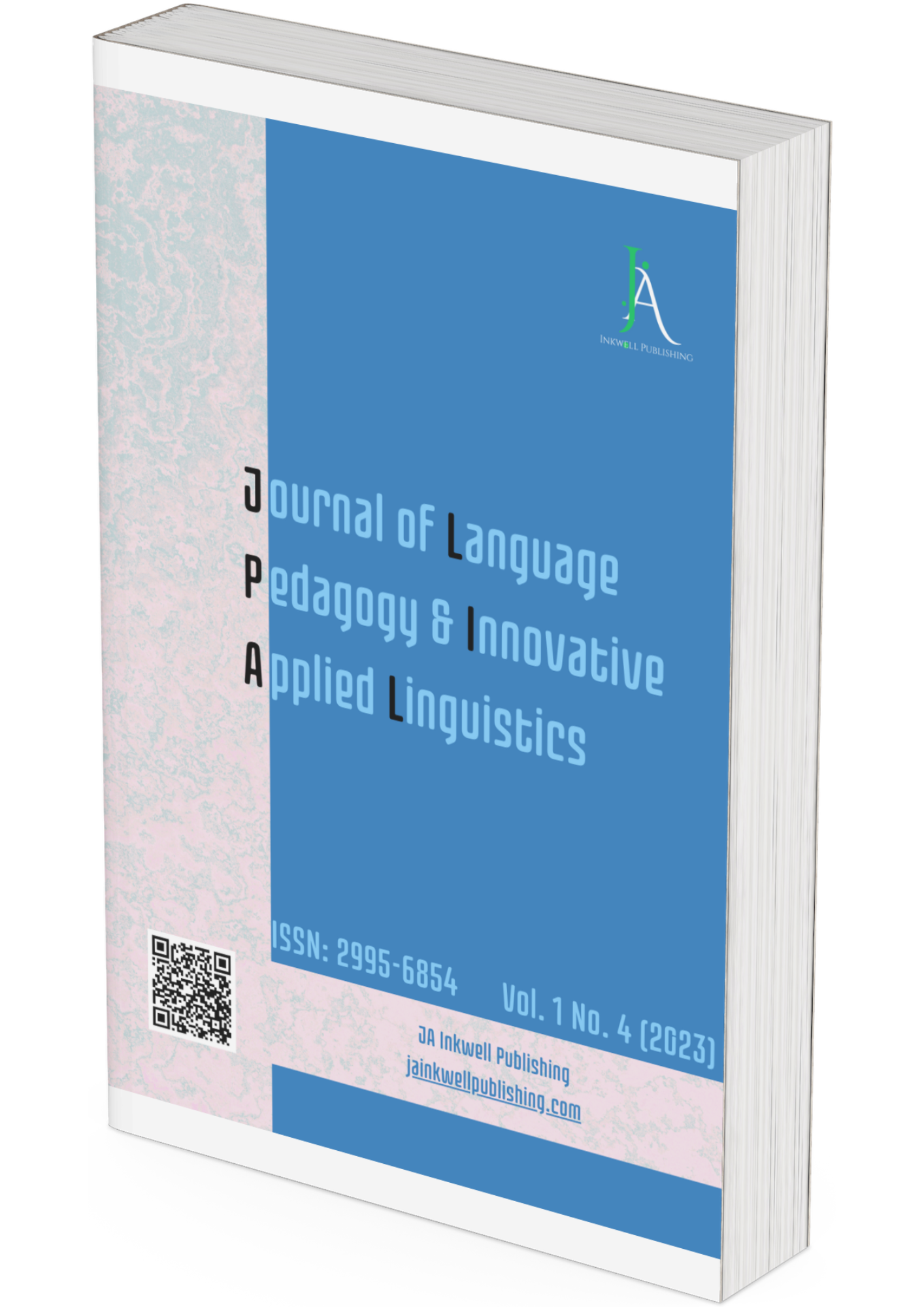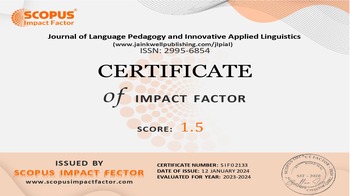A Study of the Use of Words to Objectify Astonishment Emotion in English Fiction
DOI:
https://doi.org/10.1997/as3pk011Keywords:
semantics, sentence structure, figurative meaning, employment of parts of speech, idioms, lexical meaningsAbstract
The feeling of surprise is frequently objectified in English fiction by employing a variety of linguistic devices. Personification, descriptive adjectives, and metaphorical language can all be examples of this. The description of a character's facial expression, such as "her eyebrows shot up in surprise" or "his eyes bulged with amazement," is an illustration of this. These lexical devices allow the reader to clearly picture the character's response to an unexpected circumstance. Furthermore, the author is able to provide the reader a more captivating and immersive reading experience by objectifying the sensation of amazement.
Downloads
References
Апресян Ю.Д. Интегральное описание языка и системная лексикография // Апресян Ю.Д. Избранные труды. В 2-х т. Т. II. - М.: Языки русской культуры, 1995. - 767 с
Charlesworth W.R. The role of surprise in cognitive development // D. Eikind, J.H. Flavell (eds.) Studies in cognitive development. - London: Oxford University Press, 1969. P. 257-314.
Grisham J. The Street Lawyer.
Lazarus R.S., Kanner A.D., Folkmaft S. Emotions. A cognitive-phenomenological analysis. / In: Plutchik R., Kellerman H. Emotion: Theory, Research, and Experience. Vol. 1: Theories of emotion. New York: Academic Press, 1980. - P. 124-129.
Rosch E. Cognitive representations of semantic categories// J. Exp. Psychol.: General. 1975. V. 104. P. 192-233.
Rowling J. K. Harry Potter and the Sorcerer’s Stone. Scholastic Press: New York, 1999. 312 P.
Downloads
Published
Issue
Section
License
Copyright (c) 2023 Prof. Emin (Author)

This work is licensed under a Creative Commons Attribution 4.0 International License.












